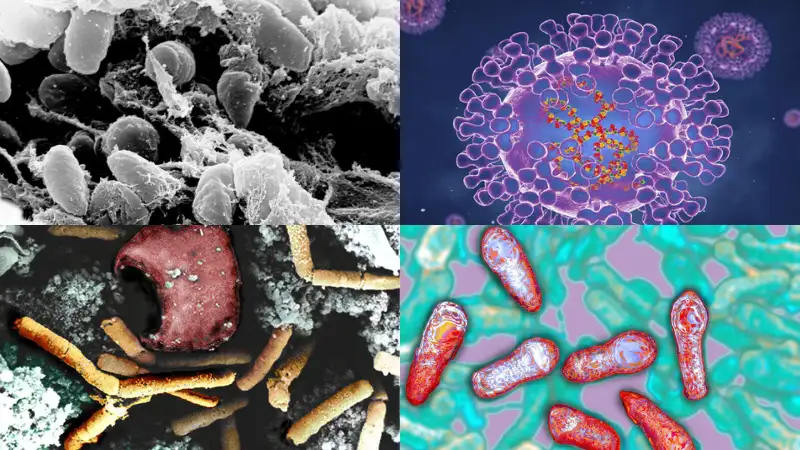Biological weapons rank among the most dangerous tools of warfare in history, utilizing microorganisms or biological toxins to inflict injury, disease, or death on humans, animals, or crops. These weapons not only cause immediate harm but also leave long-lasting environmental and public health consequences.
From the Middle Ages to the modern era, biological weapons have been researched and developed by numerous nations to attack and weaken adversaries covertly and effectively. Below, Pywar presents the top 10 most dangerous biological weapons ever used or developed in the history of warfare.
What Are Biological Weapons?
Biological weapons employ biological agents such as bacteria, viruses, fungi, or toxins produced by living organisms to harm or destroy humans, animals, and plants. Their primary purpose is not only to kill but also to sow chaos, debilitate an enemy’s resistance, and exert immense psychological pressure.
Unlike chemical weapons, biological weapons exploit the ability of living organisms or natural toxins to multiply, spread, and persist. This makes them particularly perilous, as their effects can endure across generations and wreak devastating havoc on communities and ecosystems.
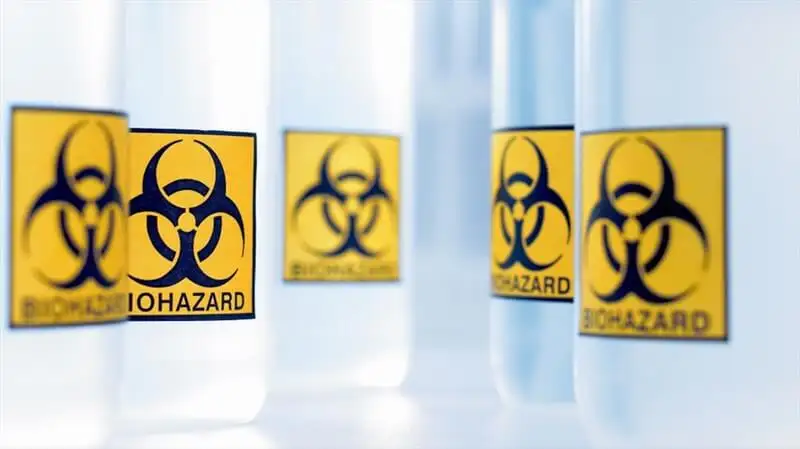
Top “Deadly” Biological Weapons Known to History
Bacillus anthracis (Anthrax Bacterium)
Description: The Bacillus anthracis bacterium produces spores capable of surviving harsh environments. It can infect through skin contact, inhalation, or ingestion.
Danger Level: Inhalation of anthrax spores carries an 85% mortality rate if untreated. It was developed as a biological weapon during World War II and the Cold War. Nazi Germany and the Soviet Union extensively researched anthrax as a wartime tool to target enemy troops and civilians. Anthrax spreads rapidly, is hard to control, and can effectively cripple opposing forces.

Clostridium botulinum (Botulinum Toxin)
Description: This bacterium produces botulinum, the most potent natural toxin known, with a single gram capable of killing millions.
Danger Level: It causes muscle paralysis, particularly of respiratory muscles, leading to death within hours without medical intervention. Researched and stockpiled as a weapon by multiple nations in the 20th century, including the U.S. and Soviet Union, botulinum toxin is prized for its rapid lethality and difficulty to contain. Studies focused on aerosol dispersal or food contamination to discreetly debilitate enemy forces.

Variola Virus (Smallpox Virus)
Description: The variola virus causes smallpox, one of humanity’s deadliest pandemics.
Danger Level: With a mortality rate of up to 30%, it leaves survivors permanently scarred. Smallpox was historically weaponized against indigenous populations in the Americas. During World War II, both Germany and Britain experimented with smallpox as a biological weapon targeting enemy troops and civilians. Its ability to spark pandemics makes it a swift and effective tool to weaken adversaries.

Yersinia pestis (Plague Bacterium)
Description: Yersinia pestis causes the plague, famously known as the “Black Death” in the 14th century.
Danger Level: It has a high mortality rate, especially in its pneumonic form. The Mongols once used plague-infected corpses to attack enemy cities. In World War II, Germany tested fleas infected with Yersinia pestis to spread the disease among enemy ranks. Its rapid onset and airborne transmission make it a potent tool for undermining opposing forces.
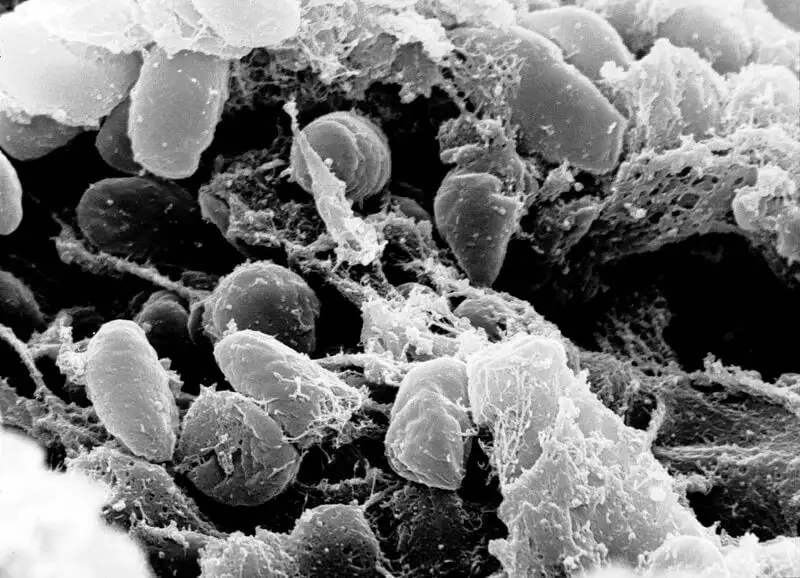
Ebola Virus
Description: The Ebola virus causes hemorrhagic fever with mortality rates ranging from 50-90%.
Danger Level: Transmitted through direct contact with bodily fluids, it has not been weaponized but holds catastrophic potential. Research on Ebola has explored its transmissibility and impact in biowarfare contexts. Its rapid spread and high lethality could significantly weaken enemy military health.
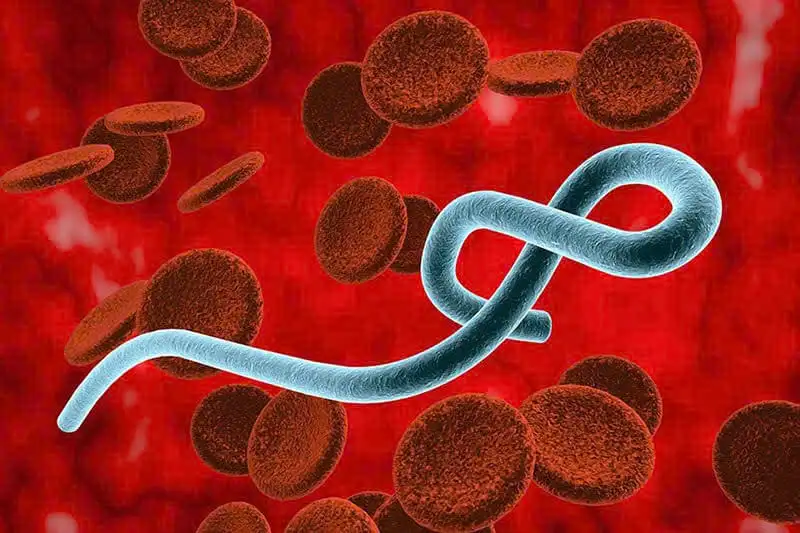
Marburg Virus
Description: Similar to Ebola, this virus causes Marburg hemorrhagic fever.
Danger Level: With a mortality rate of up to 88%, it is especially lethal in crowded environments. Considered a potential biowarfare agent, studies have evaluated its use as a weapon. Its rapid spread in dense populations makes it an effective tool for crippling adversaries.
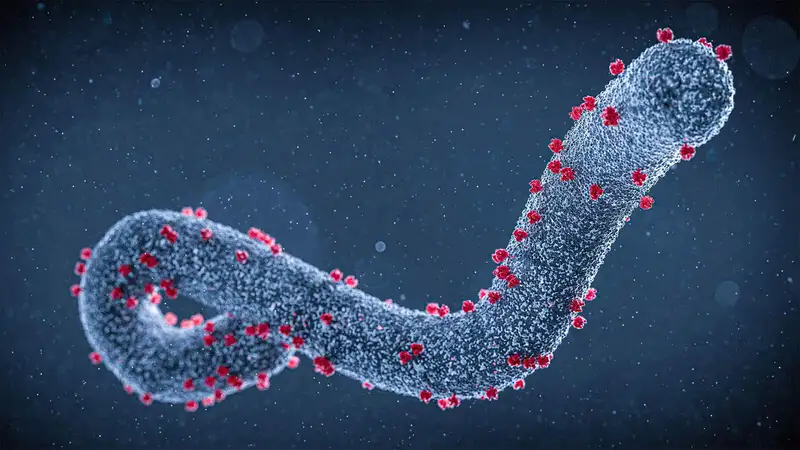
Francisella tularensis (Tularemia Bacterium)
Description: Known as “rabbit fever,” this highly infectious bacterium causes tularemia.
Danger Level: Though its mortality rate is low, its high infectivity and debilitating effects make it an ideal weapon. Researched in U.S. and Soviet bioweapons programs, tularemia can spread through direct contact with infected animals or inhalation, effectively weakening enemy health.

Hantavirus (Hanta Virus)
Description: Causes Hantavirus Pulmonary Syndrome with severe respiratory symptoms.
Danger Level: Average mortality rate of 38%. Studied for biowarfare potential, it spreads via contact with infected rodent droppings, impairing enemy troops with serious respiratory issues.

Ricin (Ricin Toxin)
Description: A toxin extracted from castor beans, capable of causing death within 36 hours.
Danger Level: No antidote exists; even small doses are lethal. Used in assassinations and researched for warfare, ricin’s rapid lethality and ease of deployment make it a favored bioweapon for discreet, high-impact attacks on key targets like leaders or civilian areas.
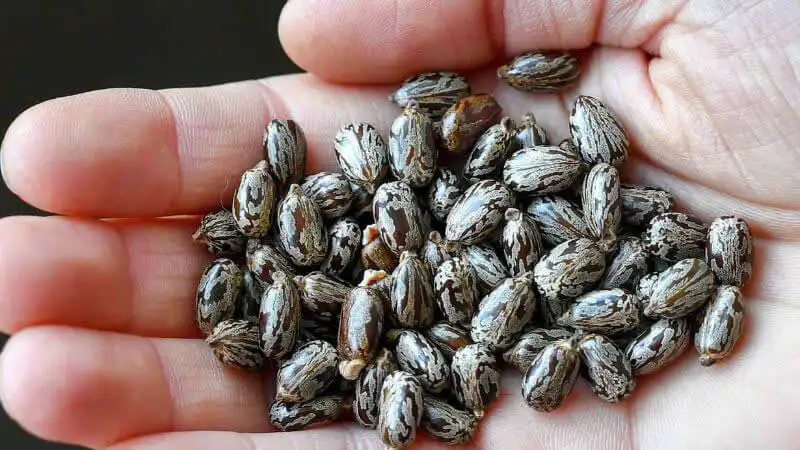
Aflatoxin (Fungal Toxin)
Description: A toxin produced by certain fungi, severely harmful when contaminating food supplies.
Danger Level: Can cause liver cancer and death in high doses. Used in biowarfare studies to poison food sources, aflatoxin weakens enemy health by inducing severe liver damage and increasing mortality risks in affected populations.
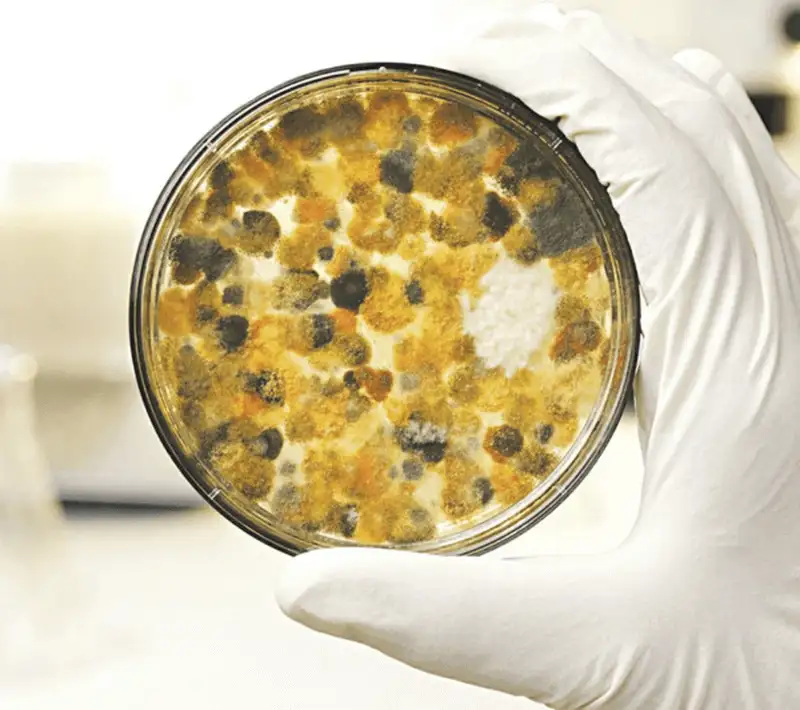
Conclusion
We hope this list of 10 biological weapons shared by Pywar has shed light on their immense danger and the severe impacts they can have on health, the environment, and global security. This underscores the critical need to prevent the development and use of biological weapons while promoting international cooperation for a safe and sustainable world.

